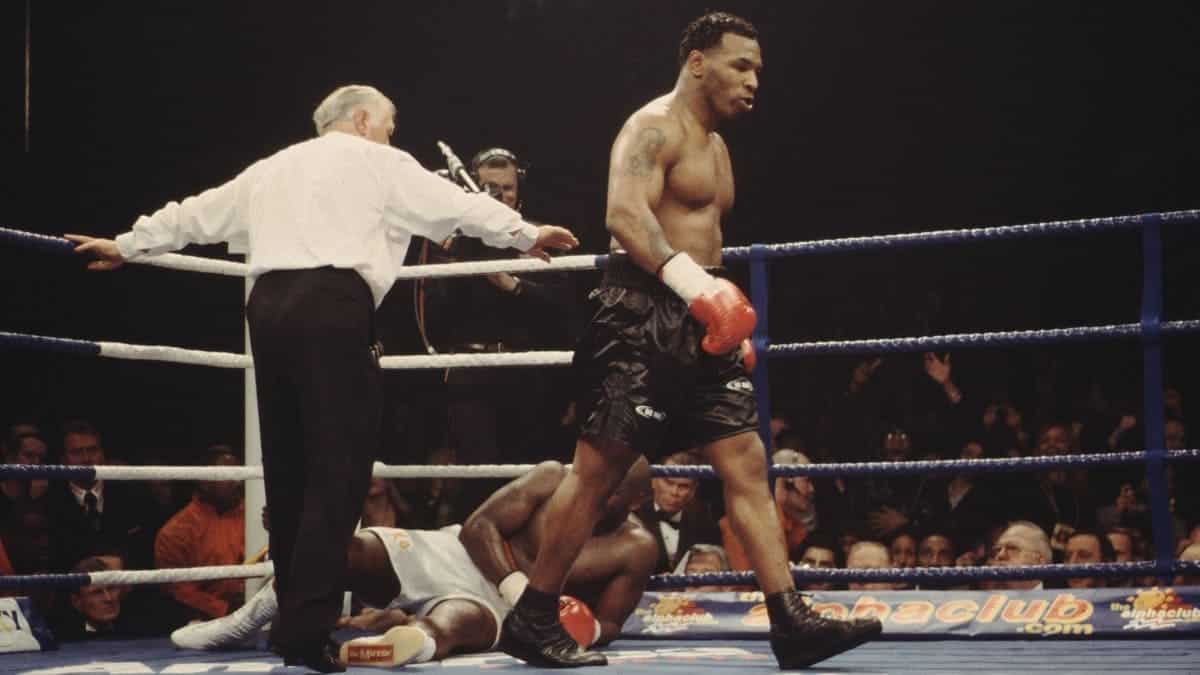The WBC ?s principal mission remains to take all necessary steps to make our sport safer for all boxers, so when they retire, they can enjoy a long life with no limitations.
In the 1950s and 60s there were between 50-60 recorded boxing ring deaths every year. In 2014, there were only 2 verified ring deaths. Undoubtedly, the WBC’s goal is to reduce that number to zero.
As part of the WBC’s ongoing efforts to continue bringing about positive changes in boxing, the Chairman of the World Boxing Council’s Safety Committee recently met with representatives of the Ontario Athletic Commission (“OAC”). As a result of what turned out to be a very productive meeting, the OAC is considering: (1) WBC-provided background and historical and anecdotal date in support of several WBC requests; and (2) reviewing some of its current rules accordingly.
The WBC is very concerned about the OAC rule that limits to 10 yards the amount of gauze per hand wrap. Hand wraps and gloves were introduced into boxing primarily to protect the hands of the wearer and to safeguard the opponent from unnecessary, devastating and sometimes life-threatening blows. The WBC has provided the OAC with several testimonials from famous fighters and trainers about the dangers of improper hand wrapping. There are numerous other documented instances of hand injuries that have significantly shortened and/or ended many fighters’ careers.
Due to the obvious dangers presented by limiting the amount of gauze available to wrap a fighter’s hand, the most prevailing rule worldwide places no limitation in the amount of gauze used. The few jurisdictions or entities that call for a limited amount are much more generous than the OAC’s 10-yard limit rule. For example, the Association of Boxing Commissions’ standard calls for 20 yards of gauze per hand. However, most commissions affiliated to the WBC have no restriction.
The WBC also expressed its views about the OAC rule that requires day-of-the-fight weigh in. The WBC pioneered the implementation of the day-before-fight weigh in to allow rehydration and proper brain electrolyte balance. It is scientifically proven that the body produces approximately 1 pint of encephalic fluid every 24 hours. When a fighter must make weight the day of the fight, he/she will likely enter the ring dehydrated due to lack of sufficient time to replenish the lost brain fluid. Consequently, the day-of-the-fight weigh-in results in many fighters becoming weakened and much more susceptible to injury at fight time. Over the years, the WBC has received numerous testimonials from physicians, trainers, boxers and other experts about the adverse effects of the day-of-the-fight weigh in.
In addition to the day-before-fight weigh-in rule, the WBC has a monitoring program in place for championship fights where fighters certify their weight 30 and 7 days before the bout. The idea is that at the 30- and 7-day marks, the fighter should be within 10% and 5% of the fight weight limit respectively. Since the WBC implemented the program in 2001, only two fighters have failed to make the required weight.
Another issue of great concern for the WBC is the OAC’s restriction to limit to 3 the number of people allowed in a fighter’s corner. The WBC considers that practice unsafe. We believe that, at a minimum, a fighter requires: (1) a chief cornerman who comes into the ring to provide instructions; (2) one cutman on the apron ready to tend to the fighter mending needs; (3) one assistant also on the apron to hand tools, towels, water, etc., to the other two; and (4) a second assistant below the apron to handle the stool, to assist keeping the corner clean and to perform other important duties. A fighter’s corner usually has about 50 seconds between rounds to actually tend to the fighter. Having only 3 people in the corner makes it very difficult to insure that all the fighter’s needs are fulfilled, especially in the common event of a cut or any kind of injury. Accordingly, the WBC would also like the OAC to reconsider the restriction calling for only 3 people in the fighter’s corner.
The WBC efforts mentioned above have resulted in many positive changes in our sport. The WBC will continue its campaign to work with commissions around the world to increase the safe enjoyment of our sport. We compliment and congratulate the OAC for its willingness to work hand-in-hand with the WBC on both entities’ efforts to increase the overall safety of our sport.





